Cloud Migration Strategies
The Lift and Shift
For most organizations, a Lift and Shift migration to the cloud may seem like an easy-button approach, and for some, it may be. This approach is exactly what it sounds like. The organization can package up the application's components and redeploy those components on a public cloud. Sounds good, right? This approach is feasible, timeline friendly, and sustainable in the short-term. However, it comes with a few significant downsides. When using the Lift and Shift approach, all the accrued technical debt comes with the application into the cloud. All that technical debt means the legacy migrated application will not be optimized to run in the cloud. This most often leads to a significantly reduced cost benefit, one of the biggest selling points of the cloud.
Additionally, when using Lift and Shift for a cloud migration, an organization will not be able to use some of the public cloud features designed to help with cost reduction and workload optimization. These include serverless infrastructure, high-availability infrastructure, auto-scaling, and out of the box monitoring and optimization offerings. Also, if using Infrastructure as a Service, organizations may inherit many of the same costs they would on-premises, such as, patching and deployment orchestration (though each service provider has automation tools to help).
Tailoring the Application for Cloud Deployment
Tailoring the application for cloud deployment may seem like a complex task, and for some organizations, it may be. While this approach may have a bit more up-front cost in terms of timeline and technical rework, it will create an application that is sustainable in the long term. This approach also exposes the organization to a number of new technologies and may even spark a dev-ops or agile transformation.
One of the top concerns many have, is the cloud is unfamiliar territory. That learning curve is a valid concern, but there is a wide array of available resources that can provide excellent material for an organization to take that first step to the cloud. Cloud providers have done an enormous amount of work to make learning easy" after all, they make more money when more users join their platform. The time spent training teams may lead to a longer development cycle and impact project timelines; however, using cloud optimized resources will likely lead to fewer applications being in constant triage mode, and allow organizations to focus on innovation and project work. This is where taking the time to tailor an application really shines. The developers have the time to repay all that accrued technical debt, better utilize modern technologies to optimize the application for the cloud, and achieve (most likely) a better than expected return on investment. It is a rare opportunity to kill three birds with one stone.
Below we have provided a concise list of the benefits and risks of the two most common cloud migration strategies.' Hylaine has experience with both types of cloud migrations and our consultants would be happy to share and discuss those experiences in greater detail to help craft your strategy for migration to the cloud.
THE LIFT AND SHIFT
Risks:
Technical Debt Remains Flat or Increases
Cost Benefit Reduced
Cloud Feature Set Reduced
Benefits:
Speed to deploy
Flatter learning curve
Sustainability
TAILORING THE APPLICATION FOR CLOUD DEPLOYMENT
Risks:
- Slower Initial Deployment
- Steeper Learning Curve
- Short-term Hit to Sustainability
Benefits:
Repayment of Technical Debt
Realized Cloud Saving
Realized Cloud Feature Set
